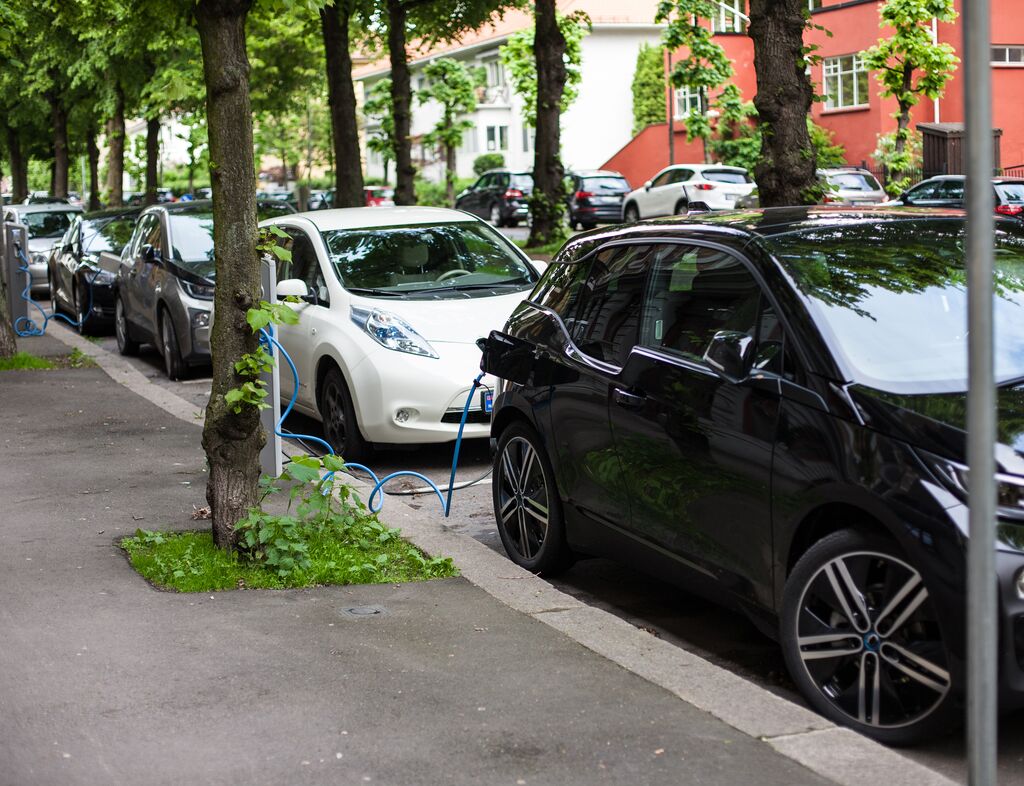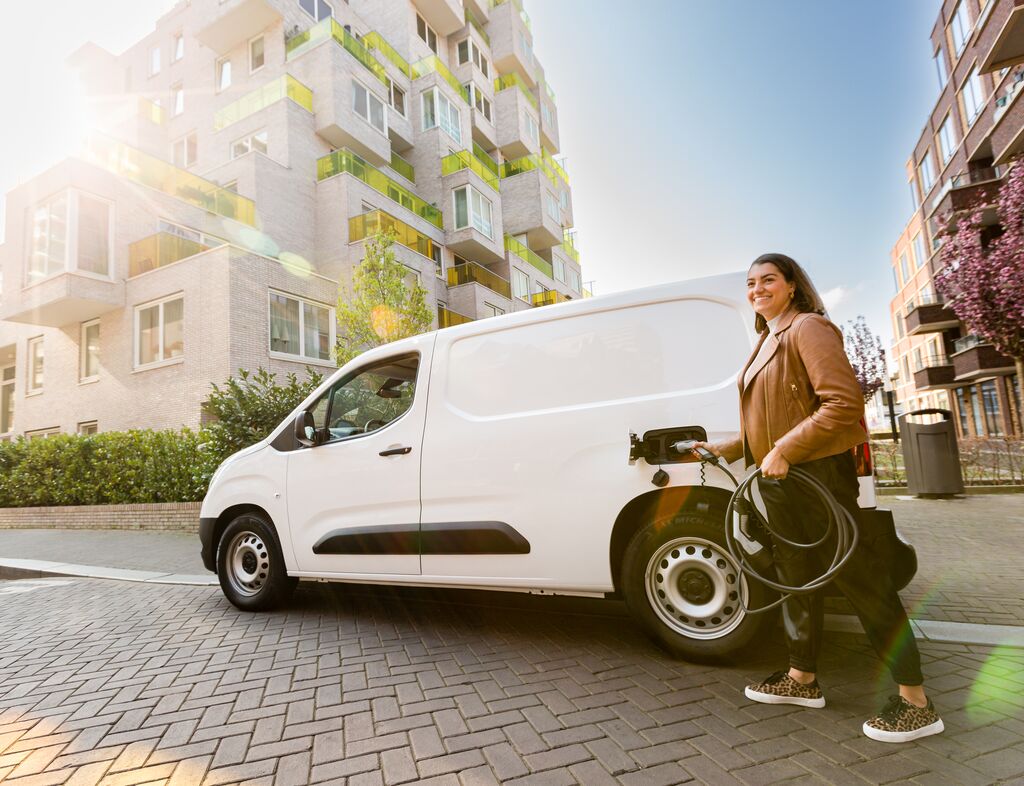Easy access to charging is vital to encourage the use of electric vehicles (EVs). One in three drivers surveyed for the latest LeasePlan Mobility Insights Report cited a lack of home charging as a barrier to going electric [1].
Delivering that infrastructure is a major priority for the UK Government as part of its Road to Zero strategy [2]. This includes support for households without off-street parking, which account for around a quarter of all electric cars registered in the UK [3].
What support is available for on-street public EV charging?
Launched in 2017, the On-Street Residential Charging Scheme (ORCS) provides grants for local authorities to roll out EV public charging stations in areas where off-street parking is unavailable [4]. It has already funded more than 4,000 public EV charging posts kerbside and in council-owned car parks nationwide.
The Office for Zero Emission Vehicles (OZEV) is making a further £20m available for the 2021/22 financial year. It’s hoped this will almost double the size of the network.
The scheme covers up to 75% of the installation and procurement costs for residential charging points, with the remainder expected to be paid by the local authority or charge point network operator.
Funding is capped at £7,500 per unit, with up to £13,000 available for locations with “particularly high” electrical connection costs [5]. The solutions offered by Ubitricity [6] and Char.gy [7] can share their electrical supply with local street lighting, and account for most of the current infrastructure.
Charge points must feature a Type 2 outlet or tethered cable – compatible with most new plug-in hybrid and electric vehicles. They need to be available to residents 24 hours a day, seven days a week, even if they’re in a car park.
Councils can also offer access to visitors under the same membership-free terms as any other public EV charging point. In the long term, the OZEV hopes the scheme will encourage the rollout of a convenient, self-sufficient charging network.
How to charge an electric car on the street
Connecting your EV to residential on-street charge points, such as those offered by Char.gy, is the same as using other public electric car charging stations. These EV public charging stations are generally attached to a lamppost or fitted as a standalone bollard.
To charge your electric car on the street, simply register with the network operator, then plug in your car’s Type 2 charging cable to get the electricity flowing. To make things even easier, you’ll normally be offered the chance to download a mobile app, where you can make payments and manage your car’s charging sessions.
How do I request an on-street EV charging point?
Councils are responsible for seeking permission from the highways authorities and applying for grant funding. But residents can take an active role in getting things under way.
Applications are looked at on a case-by-case basis. So the first step is contacting your local authority to highlight where there’s demand for on-street public electric car charging stations.
- A full list of UK council contact information is available on the Local Government Association website.
- Specific instructions for each London borough are available on the London Councils website.
- Drivers can also register your interest through Char.gy by placing a pin on an interactive map. The company will lobby the relevant local authority on your behalf.
For further help and advice, get started with our guide to the basics of public charging.
Quick read: On-Street Residential Charge Point Scheme
- Established 2017
- Run in partnership with The Energy Saving Trust (EST)
- UK Government committed £20 million to continue initiative into 2022
- Helped 140 Local Authority Projects
- Supported 4,000 charge points across the UK
- Fund meets 75% of the cost of installing kerbside charging
- Impetus on Local Authority – not part of nationwide structured programme
References and further information:
[1] LeasePlan Mobility Insights Report. (2021). [online]. Available at: https://www.leaseplan.com/corporate/~/media/Files/L/Leaseplan/documents/news-articles/2021/report-mir-evs-and-sustainability.pdf [Accessed 21 Apr. 2021].
[2] OZEV (2018). Reducing emissions from road transport: Road to Zero Strategy. [online]. Available at: https://www.gov.uk/government/publications/reducing-emissions-from-road-transport-road-to-zero-strategy [Accessed 21 Apr. 2021].
[3] Department for Transport. (2021). National Travel Survey: Where vehicle parked overnight by Rural-Urban Classification: England, 2002 onwards (NTS0908) [online] Available at: https://assets.publishing.service.gov.uk/government/uploads/system/uploads/attachment_data/file/906054/nts0908.ods [Accessed 21 Apr. 2021].
[4] Department for Transport (2021). Government powers up electric vehicle revolution with £20 million chargepoints boost. [online] GOV.UK. Available at: https://www.gov.uk/government/news/government-powers-up-electric-vehicle-revolution-with-20-million-chargepoints-boost [Accessed 21 Apr. 2021].
[5] OZEV (2021). On-Street Residential Chargepoint Scheme guidance for local authorities. [online] Available at: https://www.gov.uk/government/publications/grants-for-local-authorities-to-provide-residential-on-street-chargepoints/grants-to-provide-residential-on-street-chargepoints-for-plug-in-electric-vehicles-guidance-for-local-authorities#funding-and-eligibility-criteria [Accessed 21 Apr. 2021].
[6] Ubitricity. (n.d.). ubitricity charging solutions – Easy and convenient charging for everyone. [online] Available at: https://www.ubitricity.co.uk/residential_charging/ [Accessed 21 Apr. 2021].
[7] char.gy. (n.d.). Information for Councils. [online] Available at: https://char.gy/councils [Accessed 21 Apr. 2021].




